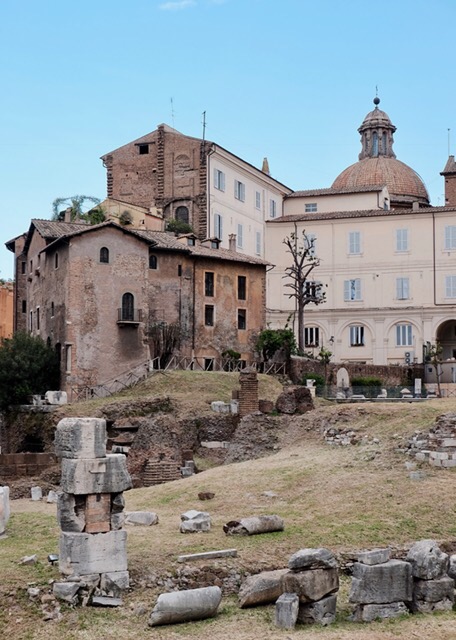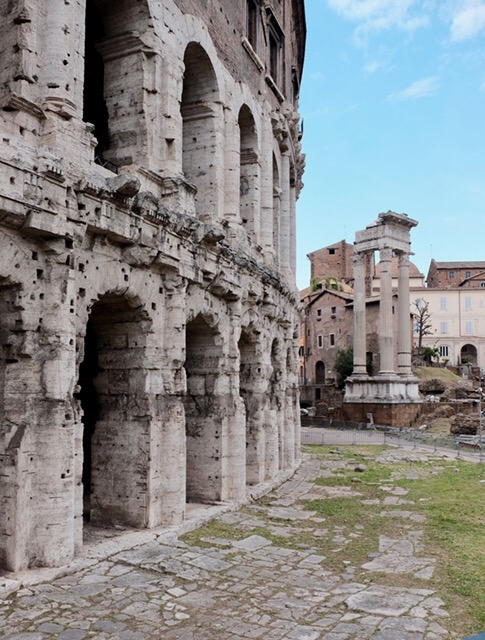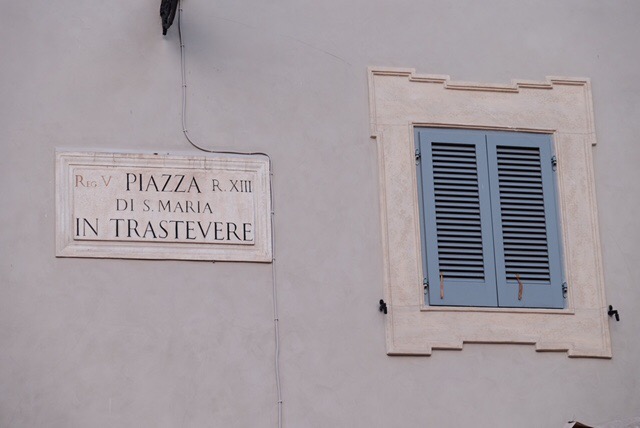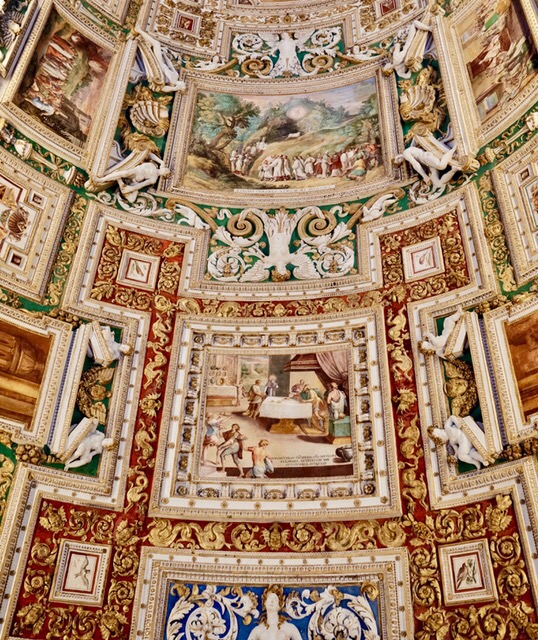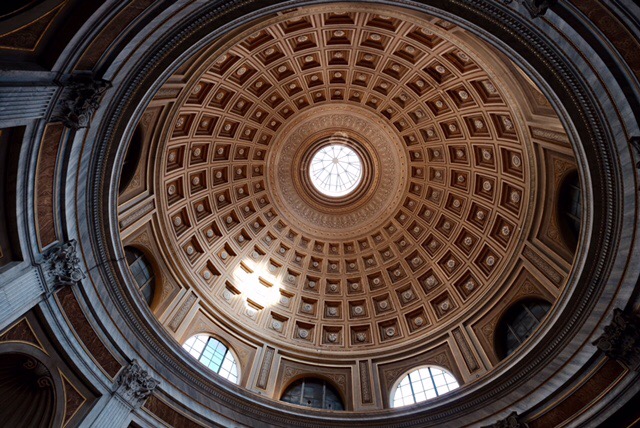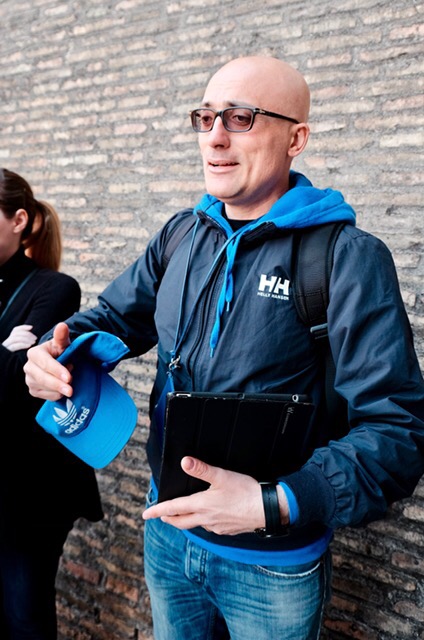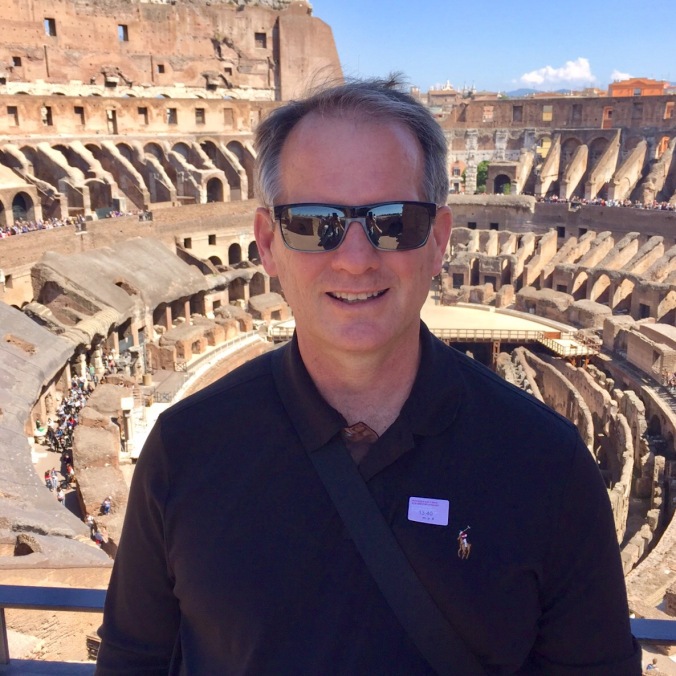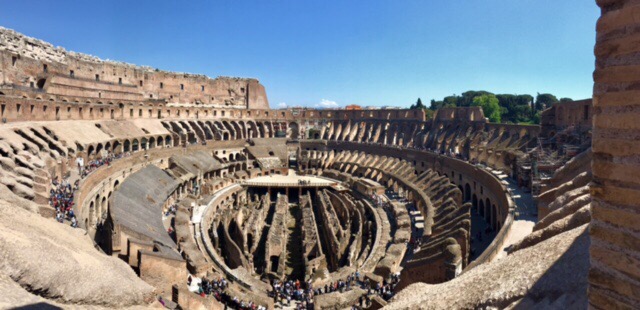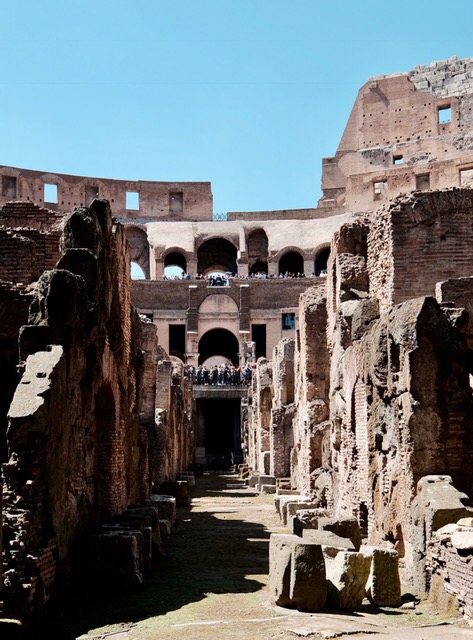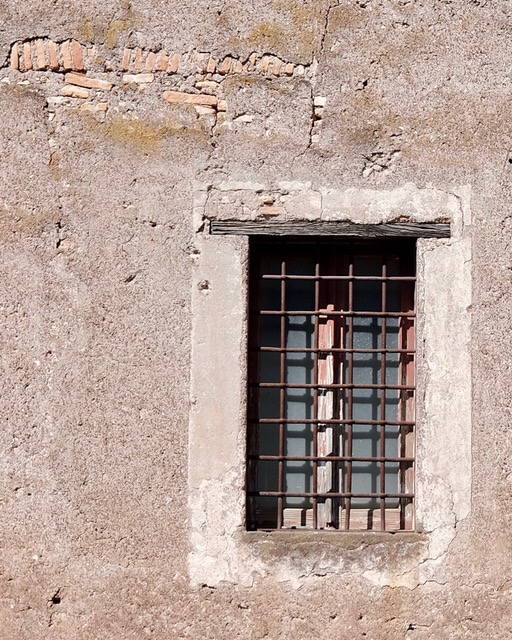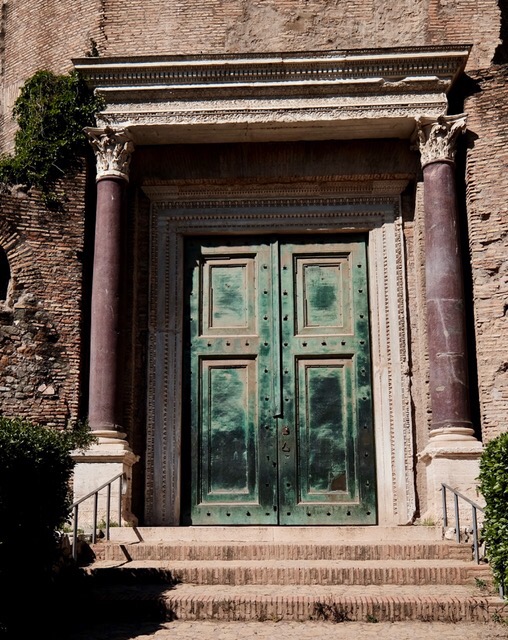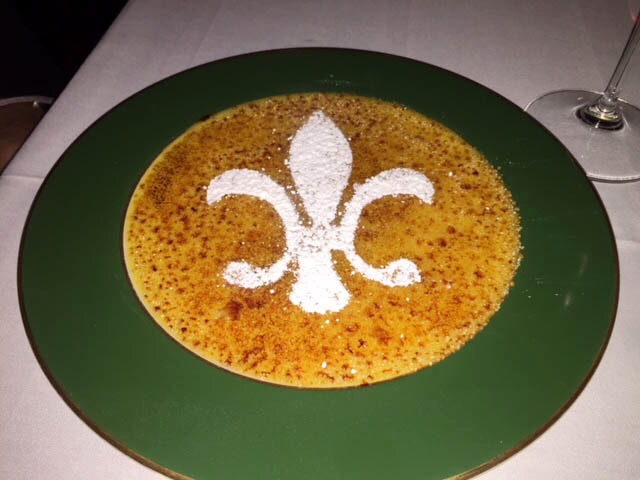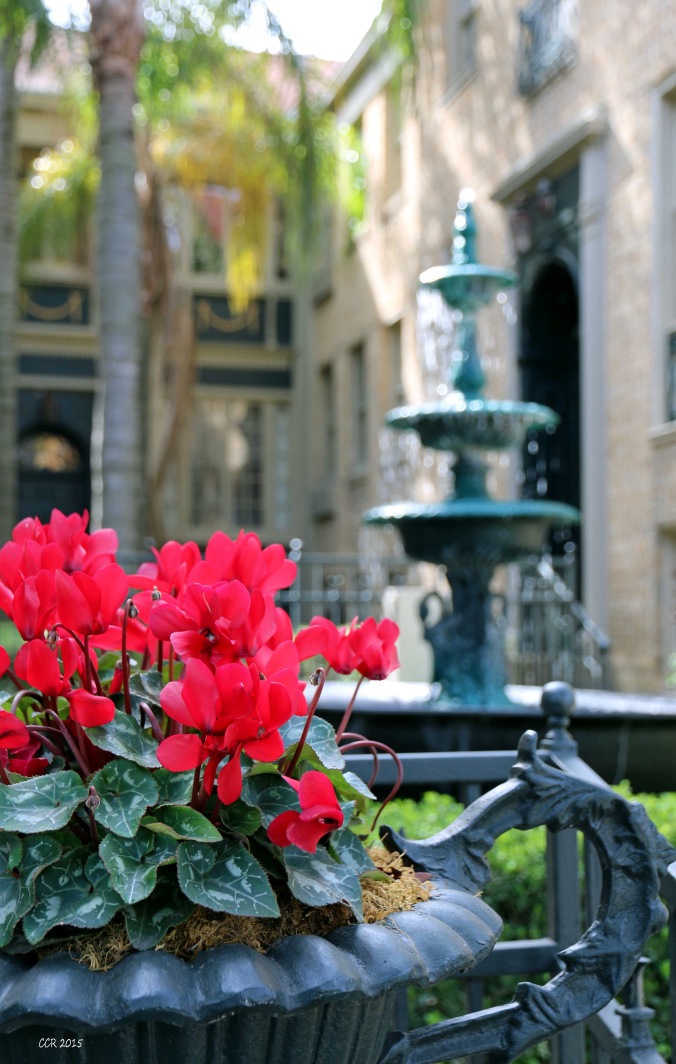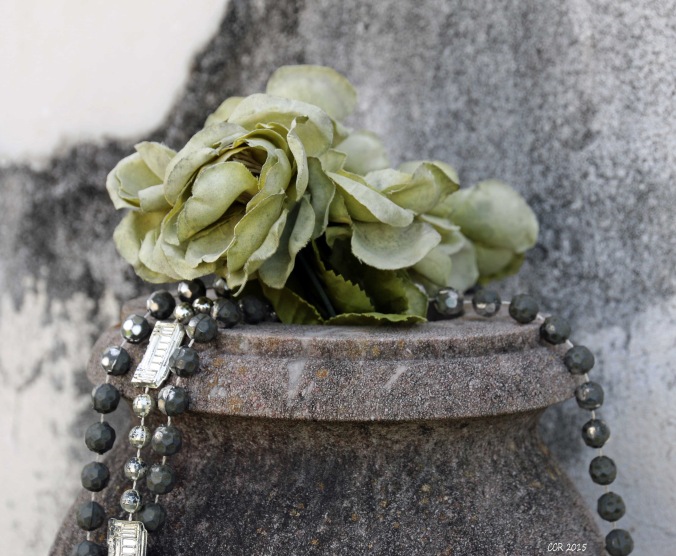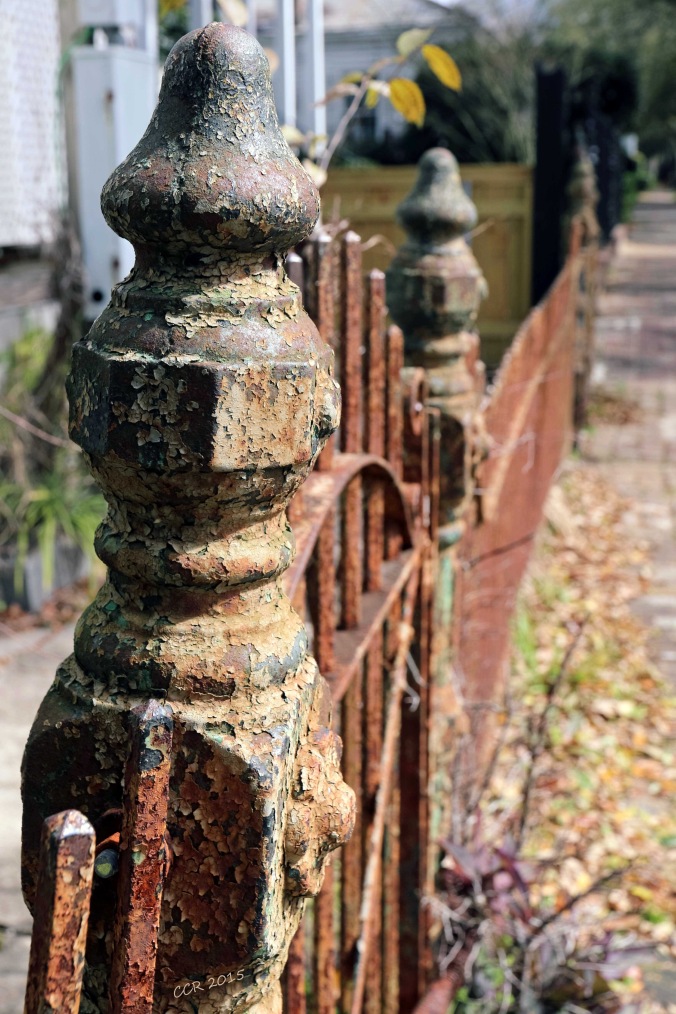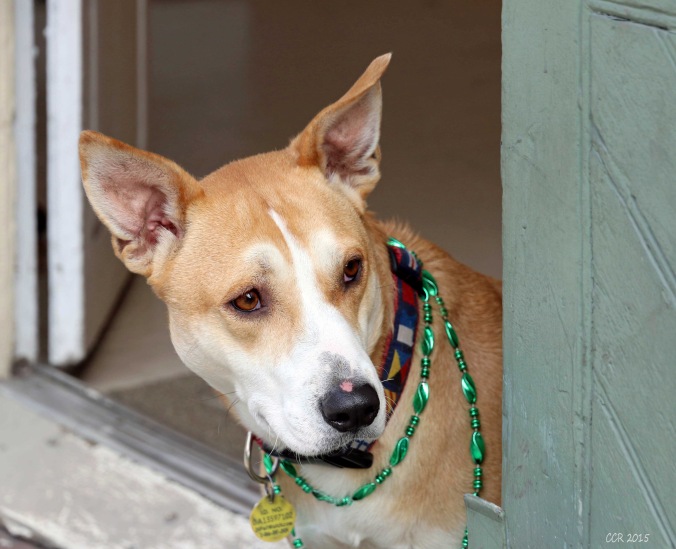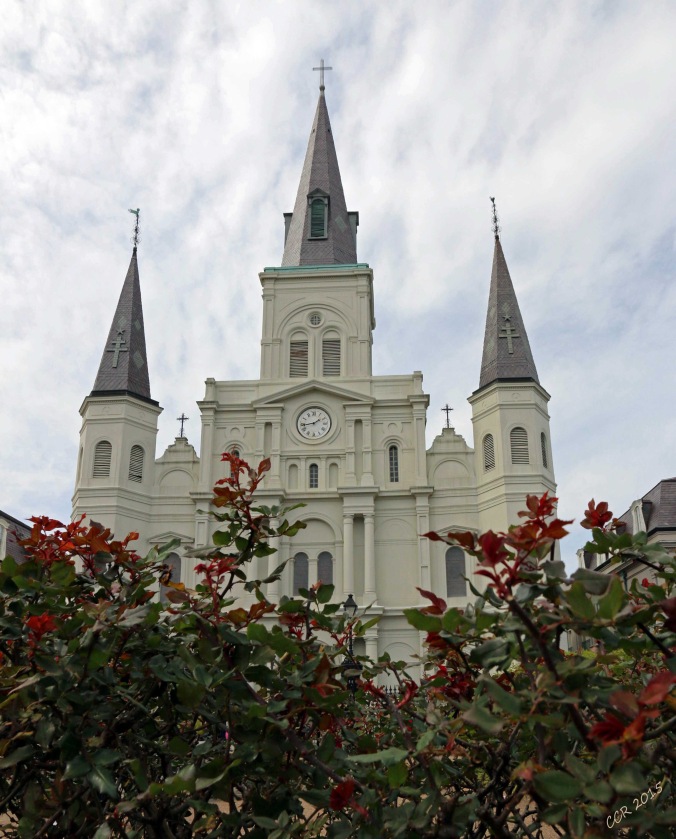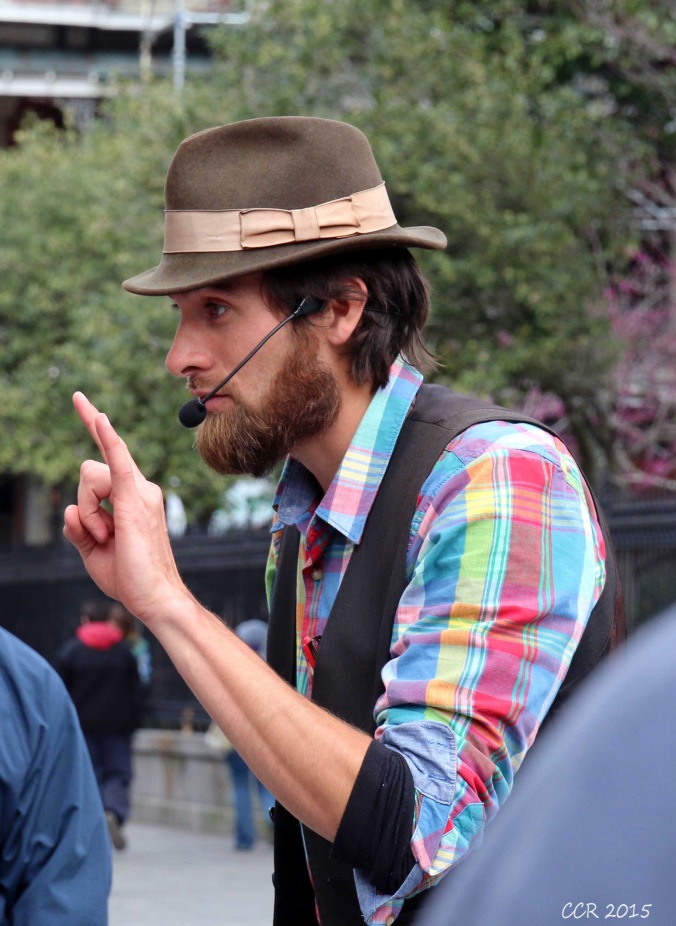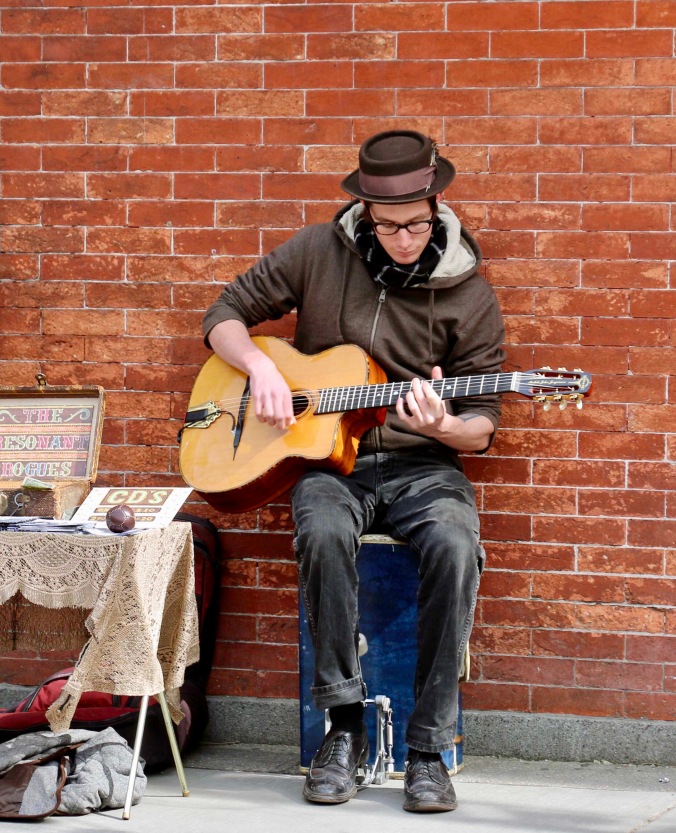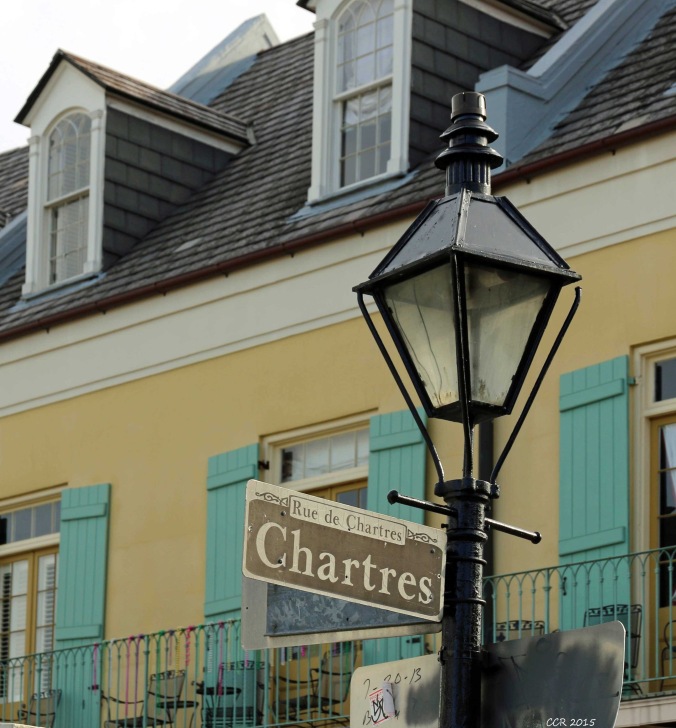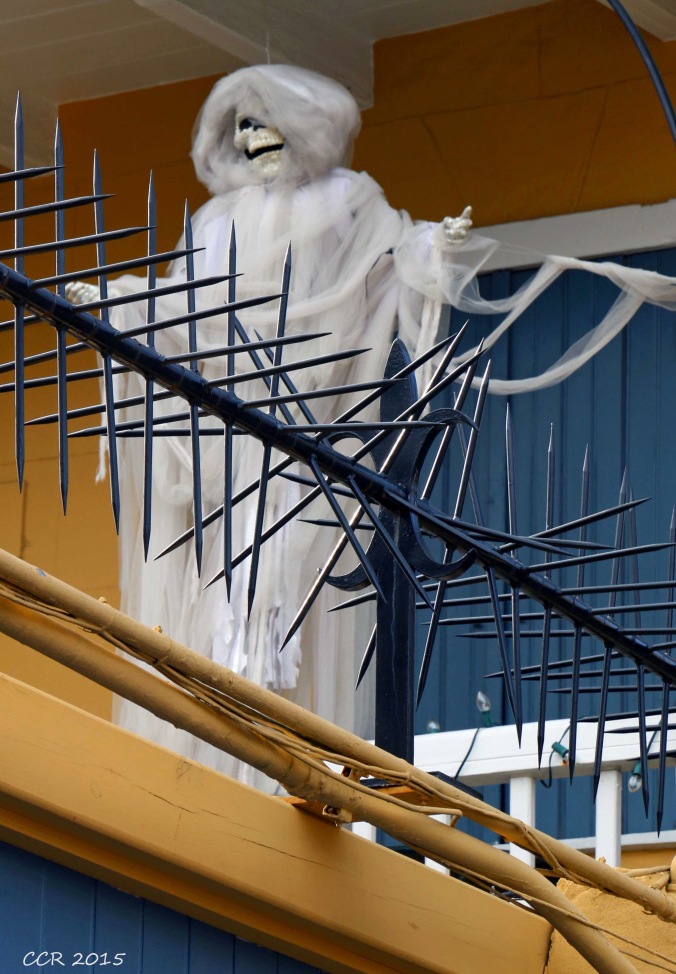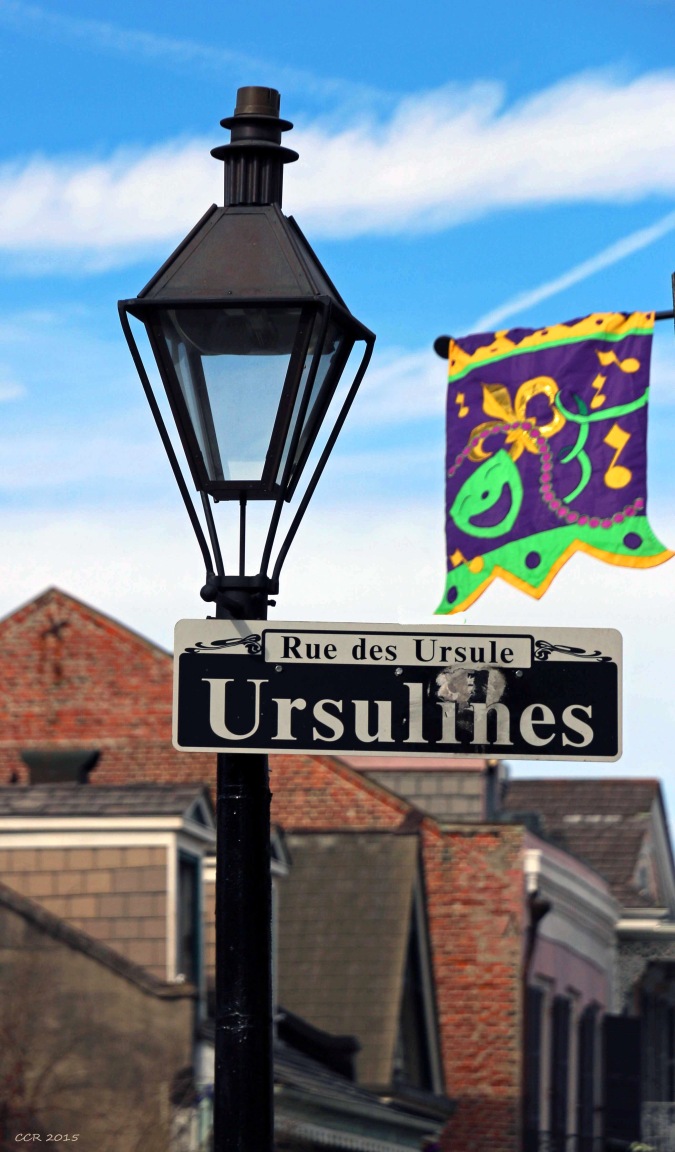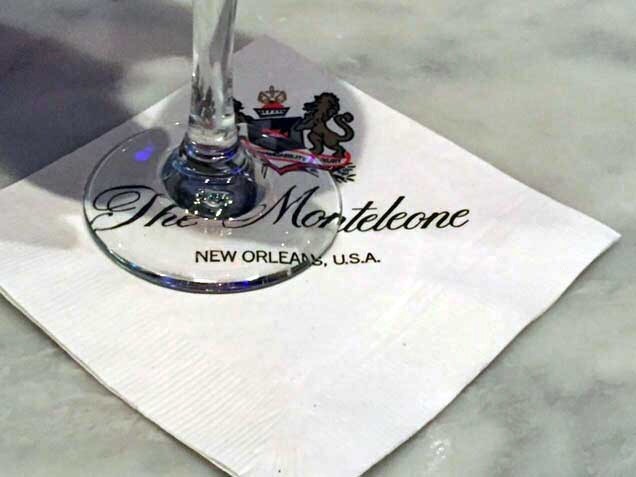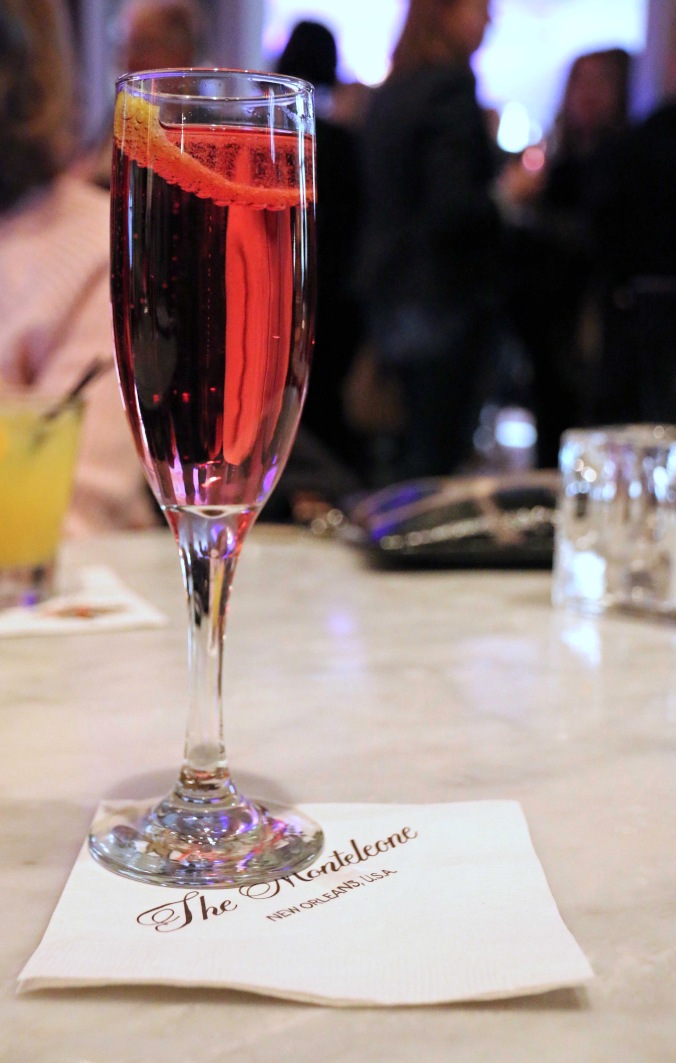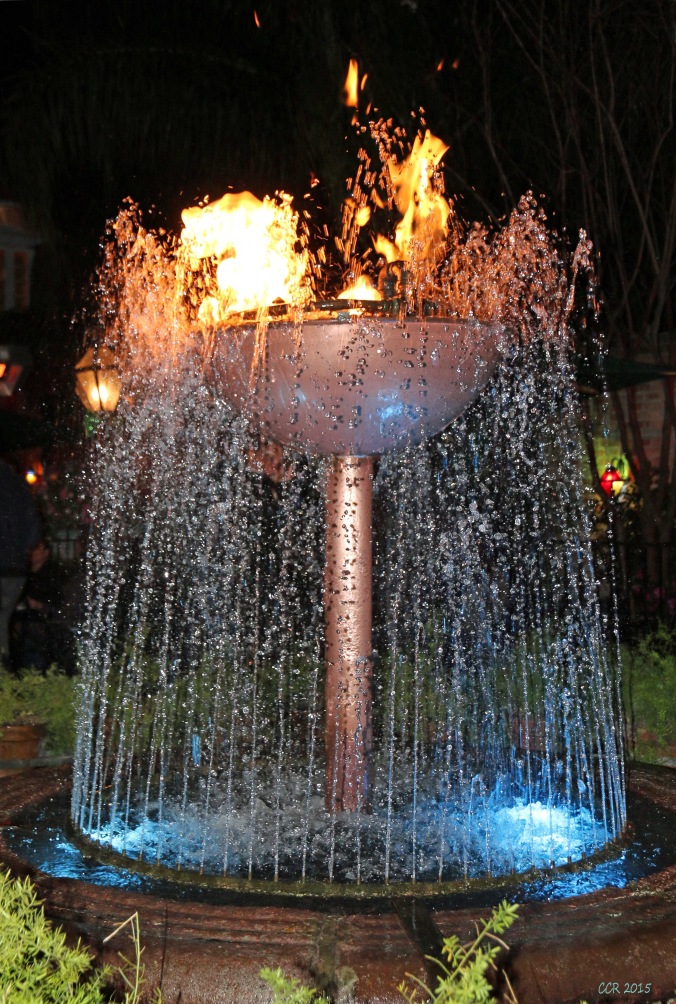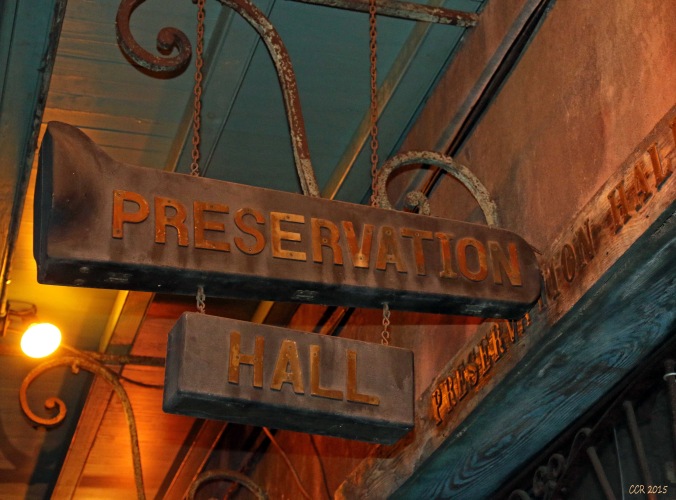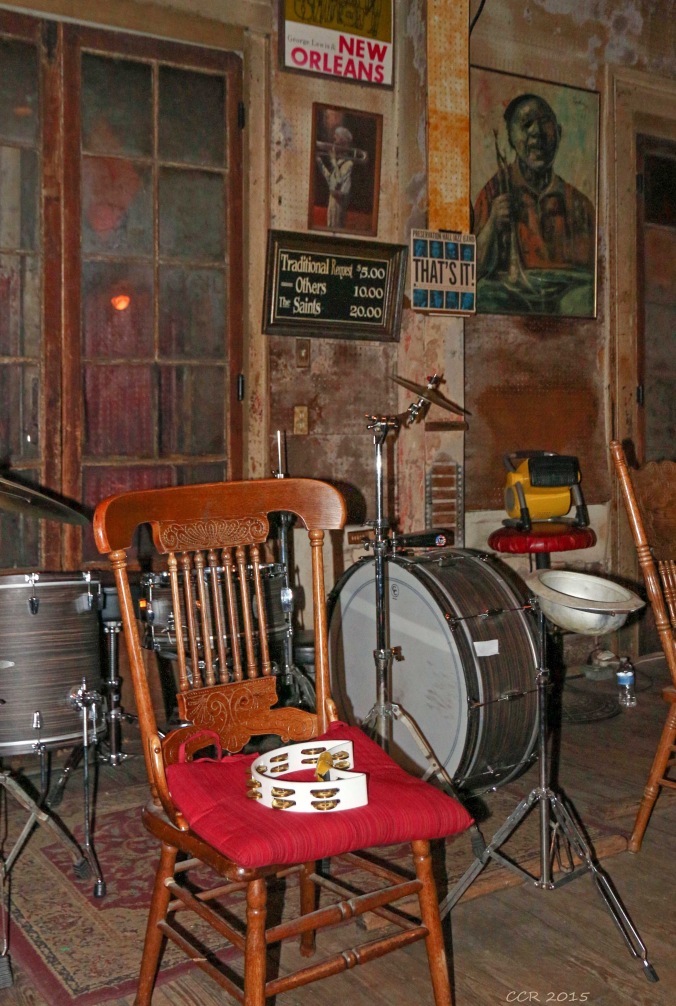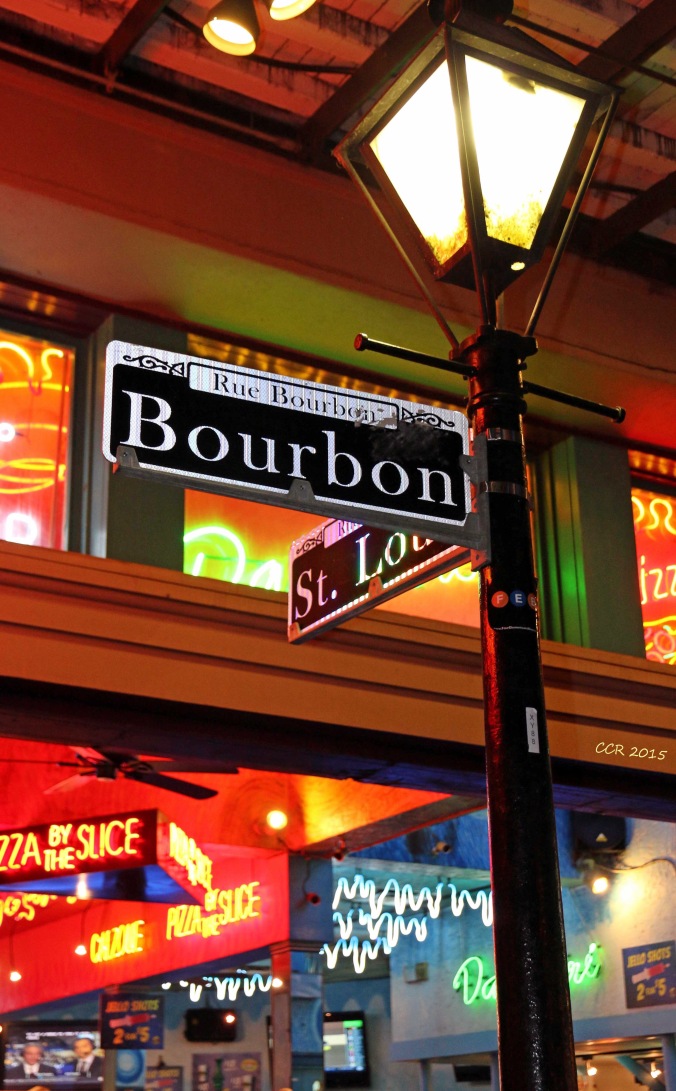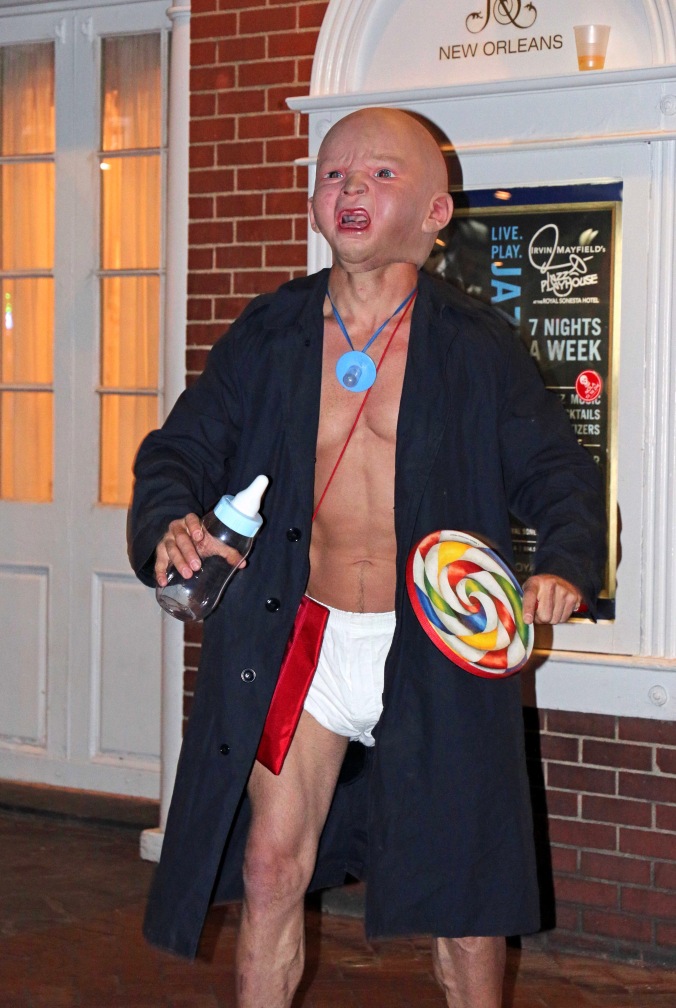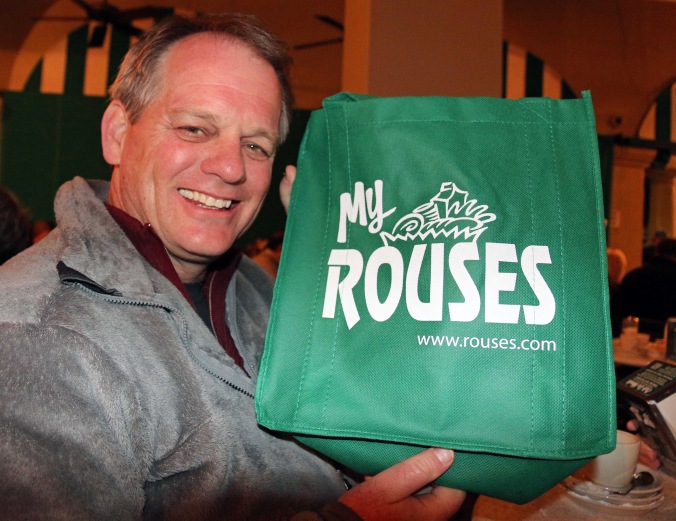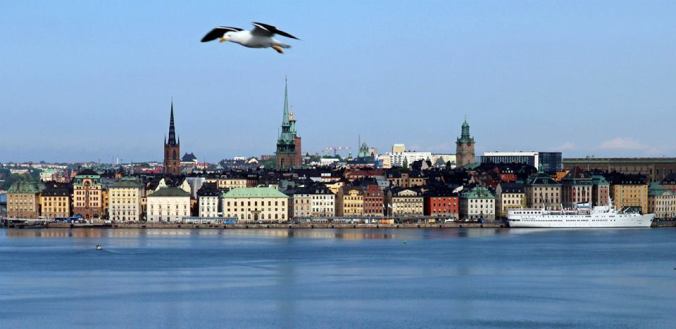Travel is full of surprises, especially if you keep an open mind about the places you’re going. One of the most pleasant surprises we’ve had is Cartagena, Colombia. In March of 2016 Jim and I took a Panama Canal cruise. When we first booked our cruise I wasn’t enthusiastic about Cartagena. I didn’t think I wanted to stop there at all, let alone for an overnight stay. Colombia is not found on many garden-variety Caribbean itineraries, and information about Cartagena was not easy to find on Cruise Critic. Once I looked at Trip Advisor I started getting a little bit more excited. I found several reputable guides and sent inquiries. I heard back from Marelvy Pena-Hall (http://tourincartagena.com/index.htm or marelvy@gmail.com ) almost immediately, and the rest, as they say, is history.
I ended up communicating with Marelvy for over a year and booked two separate tours with her. I shared both tours on my Cruise Critic Roll Call, and they were very well received. We ended up with 21 people on a Sunday evening tour, and more than 40 in several groups on a customized Monday Tour. I can’t recommend Marelvy highly enough! She was very easy to work with and provided one of the best experiences we have ever had in a port.

Our wonderful guide, Marelvy Pena-Hall
The first part of our evening tour was to walk the walls of the old city. Cartagena was founded in 1533 and faced numerous pirate attacks in its early years. Construction of the protective wall around the city was started as early as 1586 on the side of the city facing the ocean and continued on and off for over a century. The walls stretch 6.8 miles around the oldest part of Cartagena and today are enjoyed by residents and tourists alike.



I thought I was witnessing a proposal, but alas, the guy was looking at his phone!
We exited the wall by what is commonly referred to as The Dungeons. The actual name for this structure is Las Bovedas or The Vaults. The building was constructed in colonial times for storage and to house military troops. Many say the building was also used as a jail but Marelvy disputed that. Today this area is used to house local craftsmen and artists who sell paintings, clothing, jewelry, and leather goods.

Las Bovedas, aka The Dungeons
We took a short bus ride, and then walked around the streets admiring the beautiful flowers and the colonial architecture. Much of the old part of Cartagena is built around public squares that are lined with cafés, shops, and churches. The streets were filled with vacationing families – we were there on Palm Sunday, and Holy Week is one of the busiest holiday weeks of the year for Colombians.




I’m not sure what I expected, but I was pleasantly surprised by the vibrant, clean, and beautiful city I found. Cartagena was bright and colorful. I loved the architecture, the narrow streets, and the abundance of flowers. Jim and I both thought Cartagena bore a lot of resemblance to the French Quarter of New Orleans. The main difference was that Cartagena was immaculate. I don’t think I saw one speck of trash on the streets in two days!
Even the street signs in the historic parts of the two cities were similar. I could really see the Spanish influence:


Our next stop in this fantastic evening was at Plaza de Bolivar where there was a large crowd gathered watching a traditional Colombian dance troupe. Shortly after we arrived the dancers and musicians came around to the side of the square where we were sitting…they were about to do a special performance for us!

I know you can’t tell from the pictures, but it was HOT! We were all a sweaty mess! I felt like I was at a football game in Texas in August…the difference was it was only March and the buildings in Cartagena aren’t air conditioned like buildings in the states, so it’s harder to cool off.!
The evening was winding down, but it wasn’t over yet. We hadn’t eaten! We walked a short distance to a tiny restaurant called Sierva Maria, where we had a light meal/snack of arepas and beverages.

We got an early start on Monday. Our first stop of the day was La Popa, the old convent high above the city of Cartagena oaverlooking the harbor and the city. A narrow, zigzagging road took us up the steep hill. We were definitely out and about early, because our group of three small buses were the first ones to arrive.
The 400 year old structure is built on the foundation of a razed Indian temple. There is a beautifully restored central courtyard with flowering trees and vines adorning the archways.

Our second stop of the day was at the fort – Castillo San Felipe de Barajas. Construction of the fort was begun in 1536 in a strategic location to protect against invaders from land and sea. The fort was significantly expanded in 1657 and renamed in honor of Prince Phillip IV of Spain.
Today the fort is a UNESCO World Heritage Site and is open to visitors. The climb to the stop is quite steep, and we heeded Marelvy’s recommendation to admire the fort from below! At first, a few members of the group were disappointed that we weren’t going to climb. However, by the time everyone realized how hot it was even the youngest and most fit of the group were happy to stand in the shade and let Marelvy explain the history of the fort!

The next part of our day was the part I had been looking forward to the most…we visited the Getsemani neighborhood. I always like to see authentic places when I travel, and that usually means going a little bit off the beaten path to get a taste of the local people and their culture. Getsemani was perfect for that!
Getsemani is part of the old downtown walled city, but it has not been as influenced by tourism as the parts of the city that most visitors see. Getsemani’s narrow streets are lined with small houses, hostels, and cafes, and most of the residents have lived there their entire life. There was a casual, small town feel in Getsemani that was a direct contrast to the hustle and bustle of the tourist areas.
I found the neighborhood to be charming and the people friendly. I liked the street carts filled with fruits and vegetables and the graffiti art covering the ancient walls.
Cars have a difficult time navigating the very narrow streets because the space in front of a house is frequently used as a patio. Chairs spill off the sidewalks into the streets and many streets have screens strung overhead to provide some sun protection.
Like the rest of Cartagena, the streets are marked but change names at every corner and don’t seem to mean anything! I’m glad I didn’t attempt Getsemani on my own…I might still be trying to find my way out of there!









Plaza Trinidad is the hub of Getsemani. There is a 17th century church that anchors the plaza on one side, while small cafés and shops take up the rest of the space.


We spent about an hour walking around Getsemani, and I never saw any other tourists while we were there. Unfortunately, all good things must come to an end. We made our way back to the buses and had a short ride to the dungeons for a 30 minute shopping stop. Jim and I are in the habit of buying one or two nice souvenirs from our travels instead of lots of t-shirts and other stuff we don’t need. We found what we were looking for in one of the shops…a painting on raw wood that depicted the streets of Colonial Cartagena. We were happy with our purchase, and Jim was especially happy because he thought that meant we were done with shopping, but I had other ideas! More on that later!
Marelvy wanted us to go to lunch early in order to beat the crowds since there were so many families vacationing in Cartagena. She had e-mailed me before the trip asking if I wanted to go to lunch at a “fancy” restaurant that was popular with tourists and would cost about $20 a person or if I wanted to go where the locals go and spend eight dollars a person. Of course, wanting the full flavor of Cartagena I chose the local restaurant!
We had a short walk down the street from Plaza Bolivar to get to our lunch restaurant, Espiritu Santo. We were the first ones there, and all 42 of us were seated at big tables near the air conditioning. Boy did that feel good!

The menu was a little puzzling because it was all in Spanish but our guides were right there to help. I chose Bandeja Paisa which is a typical Colombian dish. When I received it I discovered that the English translation of Bandeja Paisa is “Everything in the Kitchen” or “You’re not really going to eat all of that are you?” My plate had ground beef, beans, rice, plantains, ribs, sausage, arepas, avocado and was topped with a fried egg.

Yes, I did eat the whole thing. Never mind that we had reservations for a “fancy” dinner at 7:00 – it was so good I couldn’t stop!
The incredible thing about that restaurant to me was not only was the food delicious, but our meals only cost eight dollars a person no matter what we ordered. My Bandeja Paisa with a salad and a bottle of water was $8. Jim’s fish and a couple of beers was $8. Lunch was an incredible deal, a great taste of Cartagena, and a nice relaxing break in the middle of a long hot day.
After lunch we walked around the walled city a little longer, taking in the sights and enjoying the vibrant, friendly atmosphere.




Our day was coming to a close, but we weren’t done yet. It was time to head to Boca Grande to see some emeralds💚 at Joyeria Caribe.

We started with an interesting and informative look at the mining industry in Colombia. There were displays that recreated sections of an emerald mine, so we could see what it might look like in one of the tunnels. There were also a variety of raw and cut gems on display, including this beauty:

This is Petra. Petra is a 236 pound “matrix” of white calcite with beautiful emeralds embedded throughout. We learned that Petra is very rare, because usually the matrix that holds the emeralds is broken up by the blasting process during mining. I immediately began plotting how to get Petra home, but decided I couldn’t afford the overweight baggage fees and if I got caught a Colombian prison probably wouldn’t be to my liking!
After the museum tour we were escorted downstairs to the factory and showroom.
This is where Joyeria Caribe has really fine-tuned their business…each person/couple had their own sales person! I knew I wanted something different without breaking the bank, and so we started with raw emeralds in 14 kt gold. My “consultant” kept going smaller and smaller to get in my price range. I finally asked for sterling instead of gold, then we were in business!
I have to tell you my sales person was good. I was just about to pull the plug on a pendant when she brought out something that wasn’t in the display case that “spoke” to me. She knew what she was doing…this is what I came home with:

Jim was shaking his head the whole time. We’d been married 28+ years at the time, and he knew he needed to just stand by and watch!
I hated to see our time with Marelvy come to an end…this was one of the best tours we’ve ever taken. Marelvy was professional, interesting, and flexible throughout the planning process and the tours. She did a lot of work in advance to prepare for our group, and it showed during both the Sunday evening tour and the Monday tour. I HIGHLY recommend Marelvy for tours in Cartagena, and would use her without question if we find ourselves in Cartagena again.























